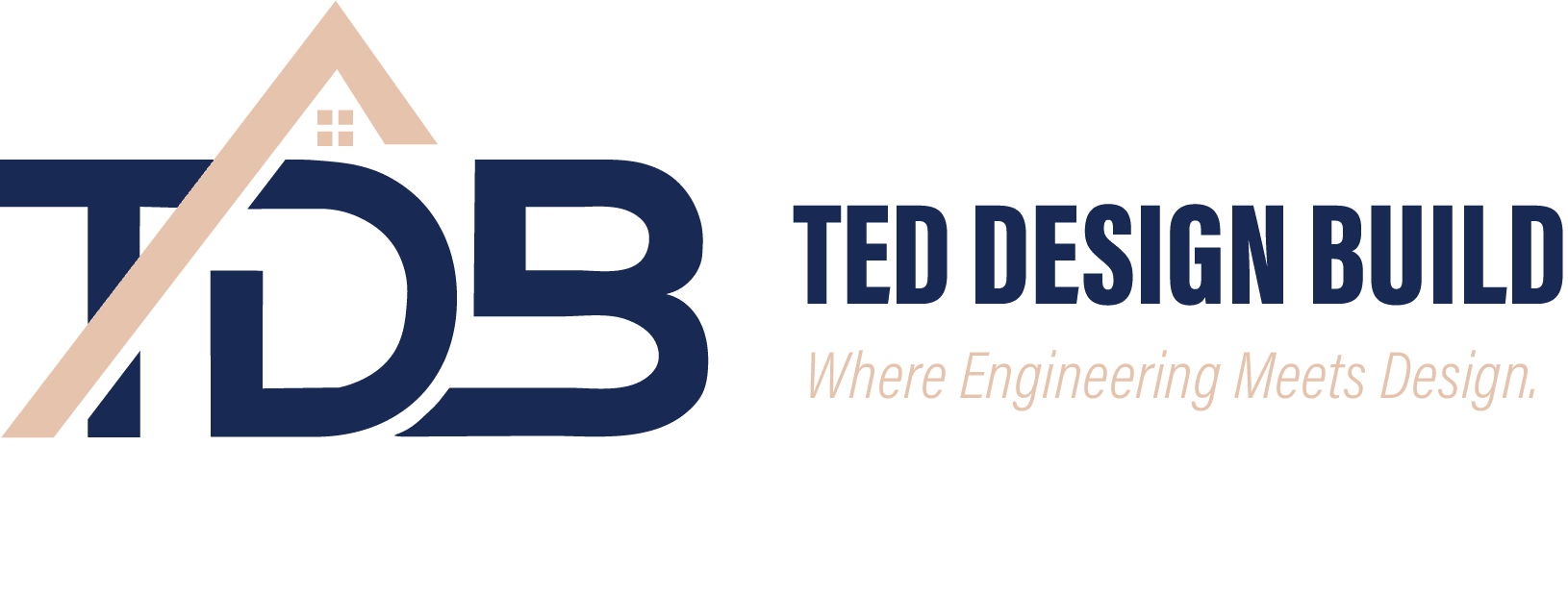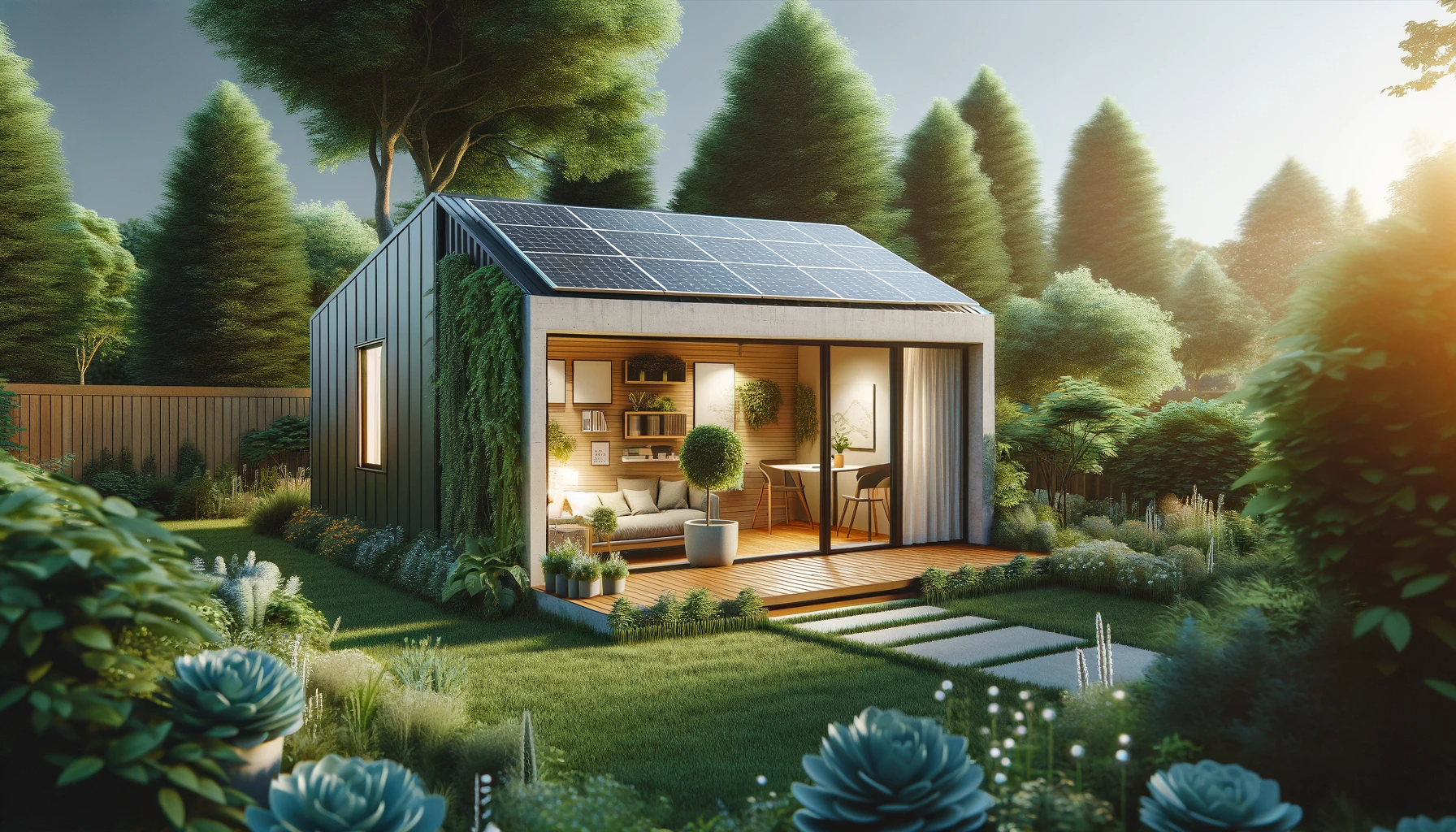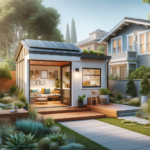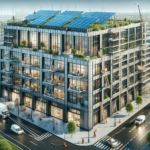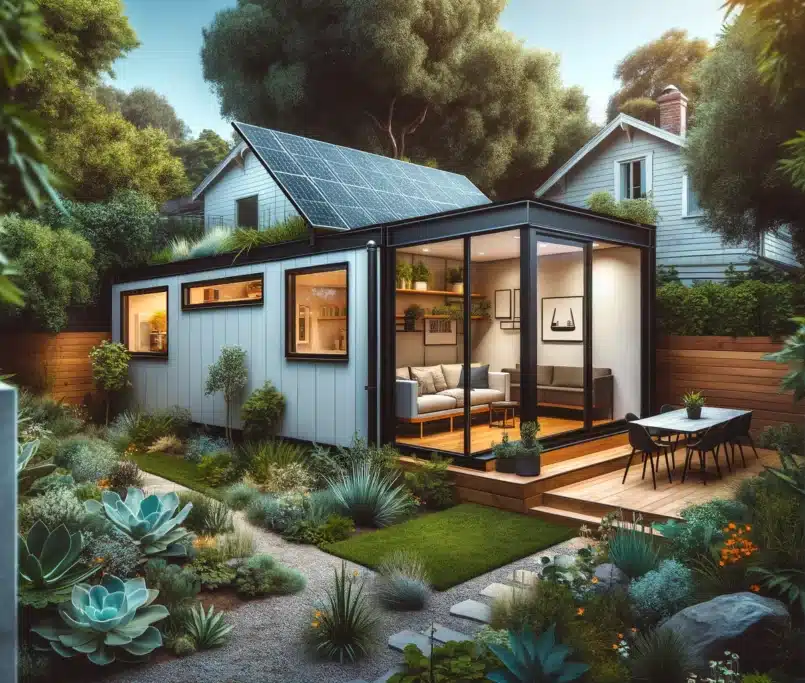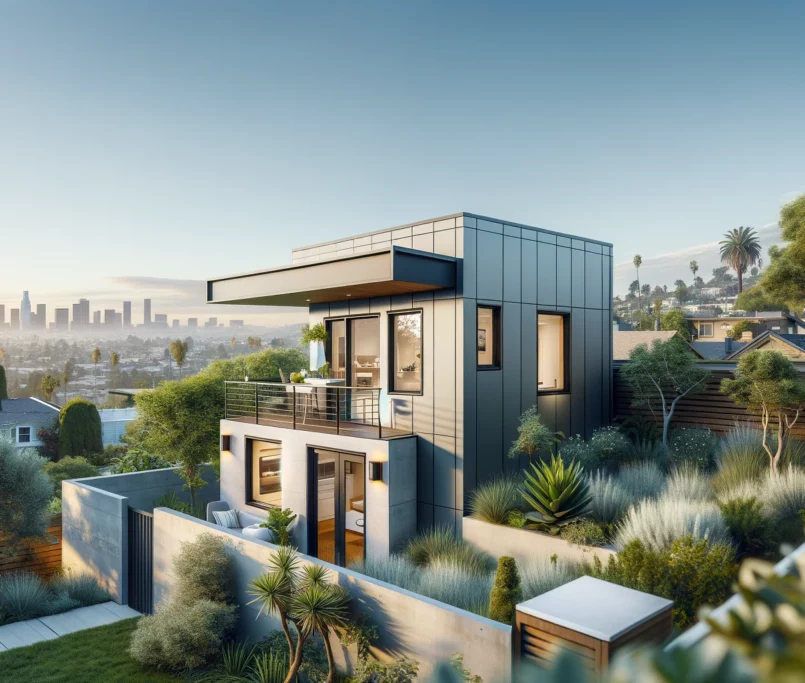Accessory Dwelling Units (ADUs) are not just an architectural trend but a transformative approach to modern living and urban development. As homeowners and investors navigate the complexities of today’s housing market, ADUs emerge as a versatile solution to a multitude of challenges, including housing shortages, the need for affordable rental options, and the desire for flexible living spaces. This article delves into the burgeoning world of ADUs, exploring their evolution, the benefits they offer to homeowners and communities, the latest trends shaping their future, and the hurdles that lie ahead. With an informative yet friendly tone, we aim to provide insights that resonate with both seasoned investors and curious homeowners alike, contemplating the addition of an ADU to their property.
The Rise of ADU’s
Historical Context
The concept of Accessory Dwelling Units has roots that trace back to the post-war era, where they served as a practical solution to housing family members or generating additional income. Initially seen as mere guesthouses or granny flats, the perception and utilization of ADUs have significantly evolved over the decades.
Current Trends
In recent years, the surge in ADU constructions is a direct response to the pressing need for affordable housing solutions amidst skyrocketing real estate prices and urban density concerns. Cities across the globe are relaxing zoning laws and streamlining permit processes to encourage the development of these compact, efficient living spaces.
Statistical Insights
Statistics reveal a compelling narrative of ADU adoption. For instance, cities like Portland, Oregon, and Los Angeles, California, have reported a remarkable increase in ADU permits, indicating a growing acceptance and interest among property owners. The flexibility of ADUs to serve as rental units, extended family housing, or even home offices contributes to their rising popularity.
This upward trajectory is supported by changes in societal attitudes towards smaller, more sustainable living spaces and the financial allure of generating rental income. As we continue to witness shifts in housing needs and preferences, ADUs stand out as a testament to the adaptability and innovation inherent in the real estate market.
Benefits of ADU’s
For Homeowners
- Additional Income: One of the most attractive benefits of ADUs is the potential to generate rental income. Homeowners can rent out these units to long-term tenants or capitalize on the short-term rental market, providing a steady stream of revenue.
- Increased Property Value: Adding it can significantly boost the overall value of a property. This is not only due to the added square footage but also the increased utility and appeal to potential buyers who value the flexibility that it provides.
- Flexible Use: ADUs offer unparalleled versatility. Beyond serving as rental units, they can be used as private home offices, spaces for aging relatives, or retreats for adult children still navigating their path to independence.
For Communities
- Diversification of Housing Stock: ADUs contribute to a more diverse housing landscape, offering affordable living options that are especially crucial in densely populated urban areas.
- Support for Multi-Generational Living: With the rise of multi-generational households, ADUs provide a practical solution for families looking to keep their loved ones close while maintaining privacy and independence.
- Reduced Urban Sprawl: By optimizing the use of existing residential lots, ADUs help curb urban sprawl, leading to more sustainable community development and less strain on infrastructure and resources.
Environmental Impact
- Smaller Carbon Footprint: The compact size of ADUs inherently requires fewer resources for heating, cooling, and maintenance, contributing to a smaller carbon footprint compared to traditional housing.
- Efficient Land Use: ADUs maximize the utility of existing land, reducing the need to develop new plots, thereby preserving green spaces and minimizing environmental disruption.
- Sustainable Building Practices: The growing trend towards incorporating sustainable materials and energy-efficient designs in ADUs aligns with broader environmental goals, making them a key player in the movement towards greener living.
Future Predictions for ADUs
As we look towards the horizon, several trends and predictions stand out, shaping the future landscape of ADUs.
Design Innovations
The future of ADUs is set to be marked by significant design innovations. Modular and prefabricated units are gaining traction, offering streamlined construction processes and cost efficiencies. Additionally, the integration of smart home technologies is becoming commonplace, enhancing the functionality and appeal of ADUs.
Regulatory Changes
Anticipated adjustments in zoning laws and building regulations are expected to further facilitate the construction of ADUs. These changes will likely simplify the approval process, making it easier for homeowners to add ADUs to their properties.
Market Dynamics
The demand for ADUs is forecasted to surge among millennials and baby boomers alike. Millennials appreciate the affordability and flexibility of ADUs, while baby boomers see them as a viable option for downsizing or accommodating caregivers.
Sustainability Focus
The emphasis on sustainability is set to intensify, with more ADUs featuring eco-friendly materials, energy-efficient appliances, and even renewable energy sources like solar panels. This shift not only addresses environmental concerns but also caters to a growing consumer demand for green living options.
Overcoming Challenges
Financing and Costs
The initial costs of constructing an ADU can be a significant barrier for many homeowners. These expenses include not only the construction itself but also permits, design, and potential utility upgrades.
- Financial Solutions: Homeowners can explore a variety of financing options such as home equity loans, personal loans, or specialized ADU financing programs. Some regions offer grants or incentives to encourage the development of ADUs, especially if they are rented at affordable rates.
- Cost-Effective Building Options: Considering prefabricated or modular ADUs can lead to savings in both time and money. These options often come with fixed prices and shorter construction timelines, reducing the overall financial burden.
Navigating Regulations
Understanding and complying with local zoning laws, building codes, and permits can be daunting. Regulations vary widely by location and can include restrictions on size, height, design, and occupancy.
- Staying Informed: It’s crucial for homeowners to research local ADU regulations thoroughly or consult with a local expert, such as a planner or architect familiar with the area’s zoning laws.
- Engaging Professionals: Hiring experienced professionals can streamline the process. They can navigate the complexities of permits and regulations and ensure that the ADU complies with all local requirements.
Community Acceptance
Gaining support from neighbors and the broader community can sometimes pose a challenge, especially in areas where ADUs are a new concept.
- Open Communication: Engaging in open and honest dialogue with neighbors about the project can alleviate concerns. Providing clear information about the design, purpose, and how potential issues like privacy and parking will be addressed can foster a positive community response.
- Highlighting Benefits: Emphasizing the broader benefits of ADUs, such as increasing affordable housing options and enhancing property values, can help garner community support.
Conclusion
ADUs represent a promising solution to many of today’s housing challenges, offering numerous benefits to homeowners, communities, and the environment. The future of ADUs is marked by innovative design trends, regulatory changes that facilitate their construction, and a growing emphasis on sustainability. For homeowners and investors considering the addition of an ADU, the journey promises not only a potential increase in property value and utility but also a contribution towards a more flexible and sustainable housing market.
Navigating the complexities of ADU development, from planning and financing to ensuring community acceptance, requires careful consideration and expertise. If you’re ready to explore the possibilities that ADUs offer and want to ensure your project aligns with the latest trends and regulations, it’s essential to partner with professionals who understand the nuances of design and construction in this evolving space.
To get started on your ADU project and take the first step towards unlocking the potential of your property, contact Ted Design Build. With their expertise and guidance, you can navigate the ADU development process with confidence, from initial design to final construction.
